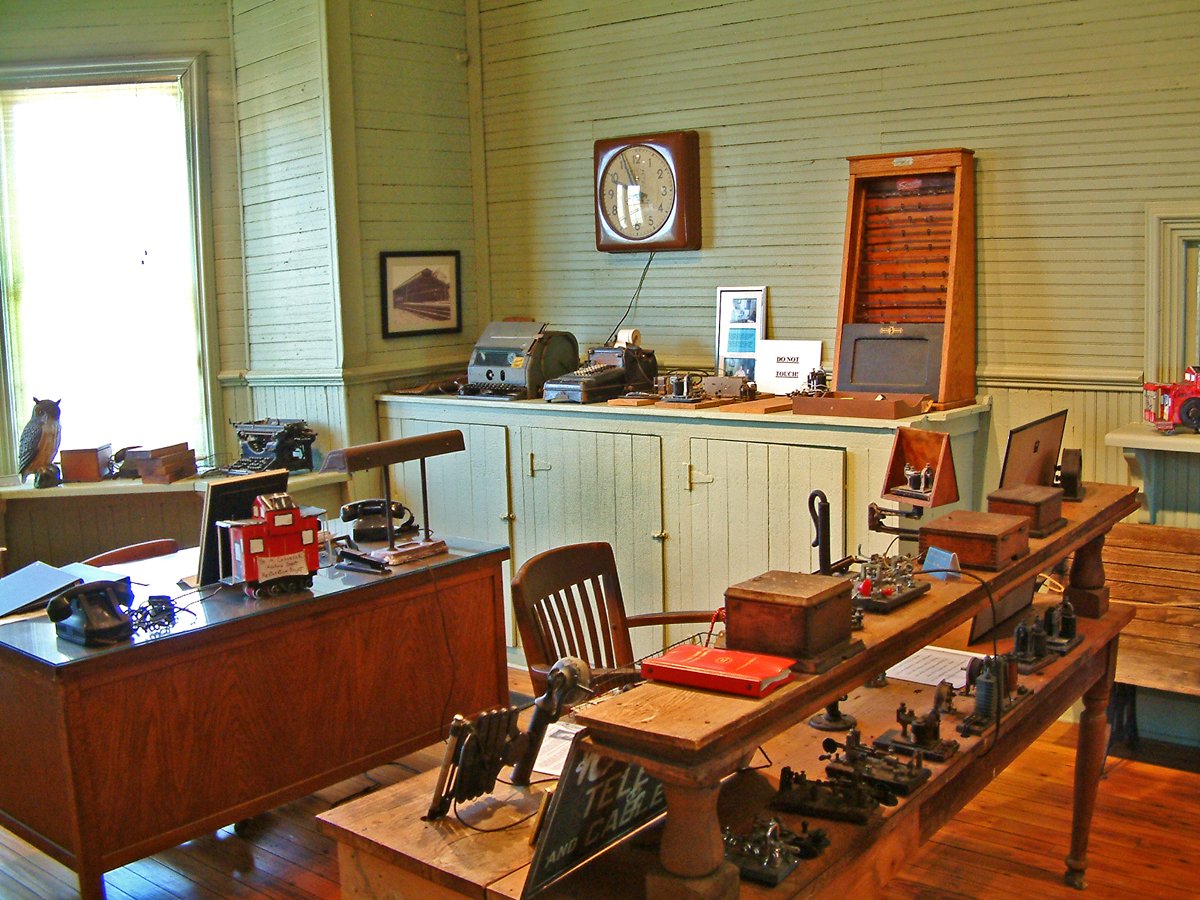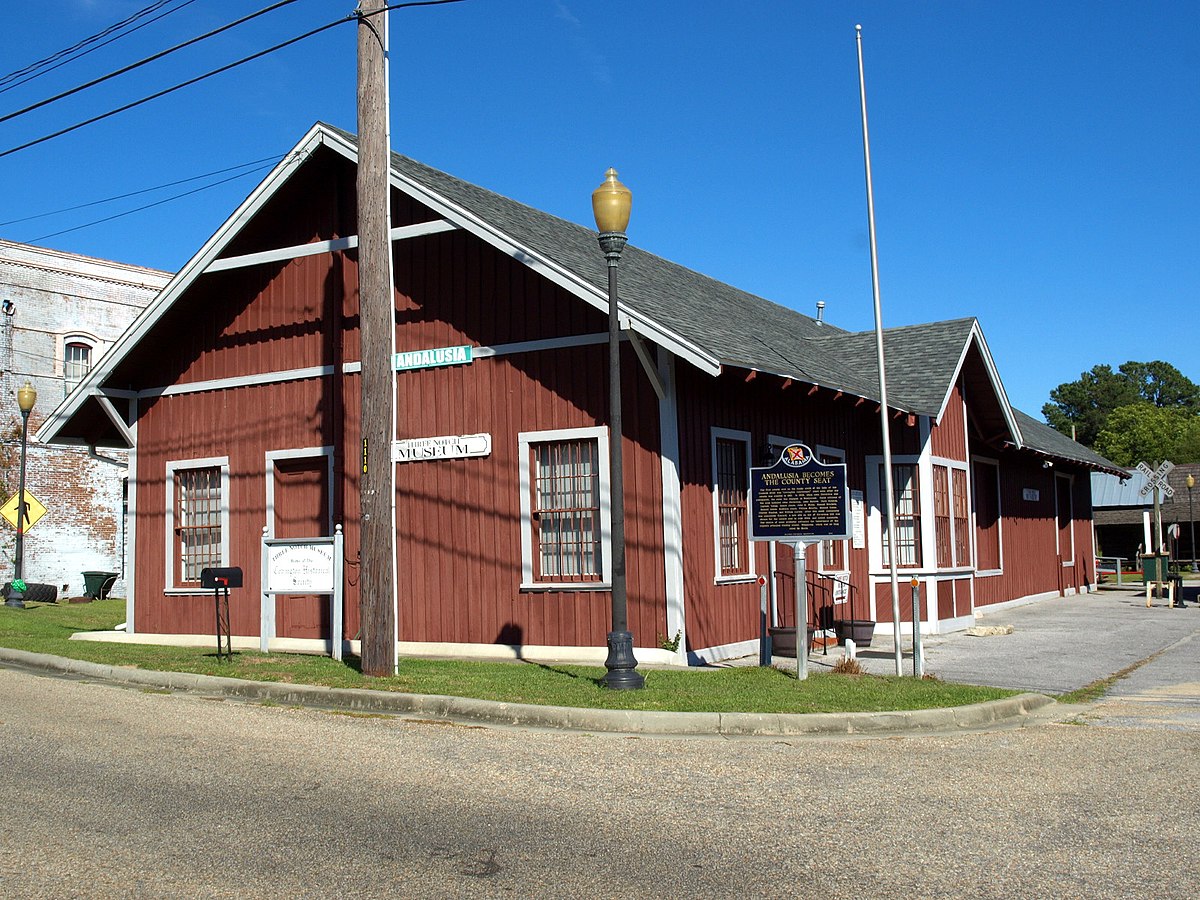The Vulcan Statue Is Made Entirely from Local Resources
The Vulcan Statue is not only one of the most interesting attractions in Birmingham Alabama; it is also one of the most popular.
It is touted as the largest cast iron statue in the entire world, and because of this, it is considered to be the official symbol of the city of Birmingham.
Birmingham has a very rich history in several areas that cover the Civil War as well as the battle for Civil Rights.
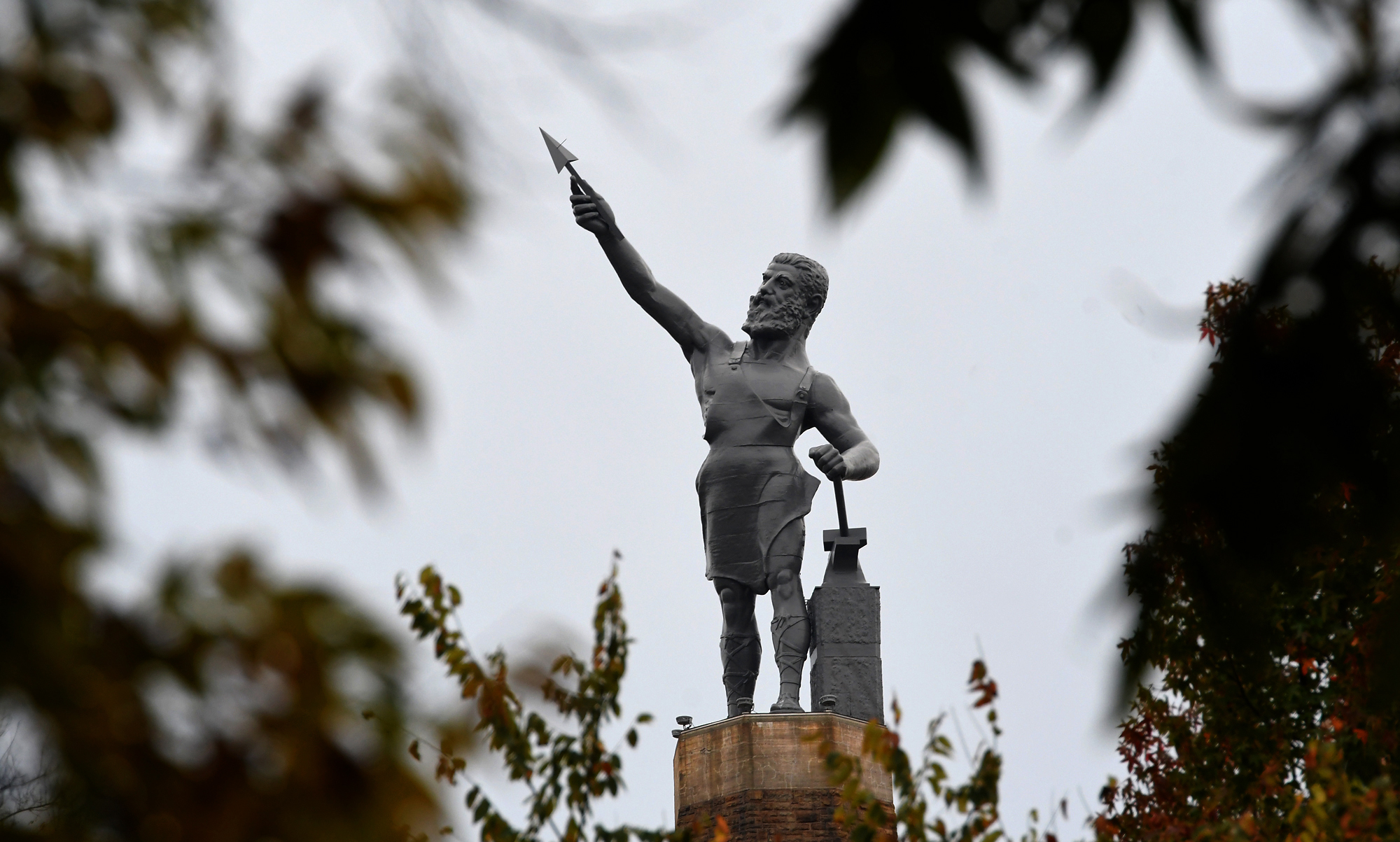 The Vulcan Statue
The Vulcan StatueHowever, most lifelong residents say that its main claim to fame is its very deep roots in the iron and steel industry.
It is these deep roots that gave birth to this incredible statue.
The restoration that occurred between 1999 and 2004 paved the way for it receiving a National Preservation Honor Award in the year 2006.
The History of the Vulcan Statue
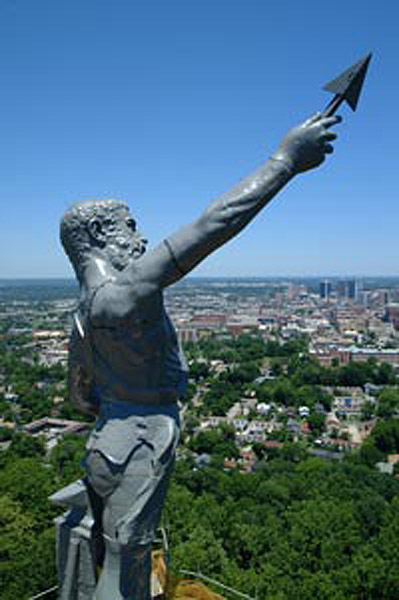 The Vulcan Statue in Birmingham Alabama
The Vulcan Statue in Birmingham AlabamaThe Vulcan Statue has a very interesting history as well as some interesting facts, and it all started at the turn of the 20th century.
It started as the city of Birmingham’s entry in the World’s Fair of 1904, which was also referred to as the Louisiana Purchase Exposition.
This magnificent 56-foot-tall statue is built after the folklore legend of the Roman God Vulcan, who was claimed to be the god of fire and forge.
To the early fathers of the “Magic City” of Birmingham Alabama, the Vulcan Statue made perfect sense given its rich history with the iron and steel industry.
In the year 1903, an Italian born sculptor by the name of Giuseppe Moretti, started the original design of what would become the Vulcan Statue.
He used a 6-foot-tall model to use as his guide, and he began by building sculptured clay in a master mold in New Jersey.
Once he was finished, he divided it into sections.
These individual sections were then shipped via the railroad to the Birmingham Steel and Iron Company.
Once there, they began to use these casting molds to start to build this incredible statue out of iron.
It consisted of 29 different cast-iron pieces that were connected by flanges, which are bolted together internally.
The heaviest part of the Vulcan Statue is the head, which is estimated to weigh a whopping 11,000 pounds.
The iron forgemen in the Birmingham Steel and Iron Company used iron that was entirely made from locally produced iron ore.
Once it was completed, it is had an estimated weight of over 100,000 pounds, but it was still not considered to be totally finished.
The builders had to add it’s anvil, block, hammer, as well as its spear point, which added another estimated 20,000 pounds, making it over 120,000 pounds in total weight.
In the year 1904 it was shipped to the World’s Fair in St. Louis and was made to demonstrate the city’s mineral riches as well as their manufacturing capabilities.
It was awarded the Grand Prize, and after the fair it was shipped back to the City of Birmingham, where more history was about to unfold.
It was re-erected at the Alabama State Fairgrounds where it became an advertising figure but would again regain its status in a future move to Red Mountain.
In the year 1936 it finally found a permanent home located on Red Mountain in Birmingham, thanks to the Works Progress Administration
With the help of funding provided by this group, a 126-foot pedestal was built, and the Vulcan Statue was erected.
However, a new spear had to be made, as the former spear was lost in the shipping process back from the world’s fair years earlier.
On May 7th, 1939, a nine-day festival was held, and the Vulcan Statue and State Park were officially formed.
In the year 1971 to celebrate Birmingham’s 100-year anniversary, a complete face lift was done, and several things were changed.
The original tower was covered in marble, again from local resources, and an elevator and observation deck were added.
A covered walkway that connected a gift shop and snack bar was updated, and in the year 1976, in was listed on the National Register of Historic Places.
However, in the year 1990, a study done by engineers discovered that the Vulcan Statue was in danger of collapsing.
During the years 1999 to 2004, a 14 million renovation was completed, and the original appearance was restored.
The statue was thoroughly tested and repaired, and a few pieces including the lost spear point, were recast.
It was re-erected in June of 2003 after being completely restored, and the park reopened and with more than 100,000 people in attendance.
Interesting Facts About the Vulcan Statue
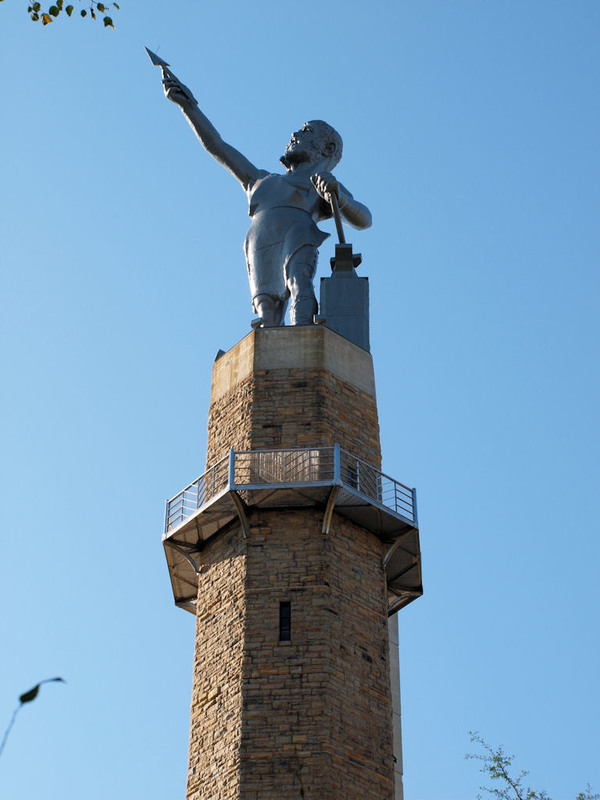 The Observation Deck At The Vulcan Statue
The Observation Deck At The Vulcan StatueThere are some very interesting facts about the Vulcan Statue and Park, and here are some of them.
- It is the Largest Cast Iron Statue in the World
- It Has an Observation Tower
- It Is Completely Made from Local Resources
- There Were Miniature Replications Sold
- It Commemorates the Magic City
To this day, it is still the world’s largest cast-iron statue.
It measures a whopping 56 feet tall and even after the restorations, it is estimated to weigh over 120,000 pounds.
Its chest measures over 22 feet, and its waist is just slightly over 18 feet.
One of the neatest of all the features is the observation deck, and its sets at a whopping 124 feet above the ground.
Because of this, it offers an absolutely stunning view of the “Magic City”.
The iron that was used to make it as well as to restore it was all produced in the area, which makes it so unique.
Another interesting fact about the Vulcan Statue is a story that dates back to the World’s Fair, where miniature replications were sold.
They were sold at both the World’s Fair in St. Louis as well as in Birmingham and were made from iron.
They sold for 2.00 each which does not sound like a lot today, but in 1904, it was a considerable sum.
The money from the sales of these replications were used to help offset the price to build it,
This incredible statue helped to lead the city of Birmingham to the nickname of the “Magic City”, because of its wealth in raw materials.
There are raw materials not only helped to build this statue, but they also made several people in the area wealthy.
This magnificent statue, the museum that highlights it, as well as the 10-acre park it resides in, makes a great day trip for you and your family.
References

Alabama Gift Store
Numerous Items for You and Your Family to Enjoy
See it here at the Gift Store
Copyright 2019-2023 Alabamabackroads.com
All Rights Reserved
